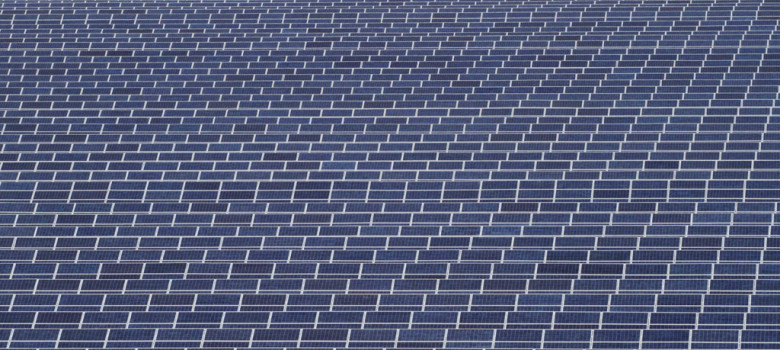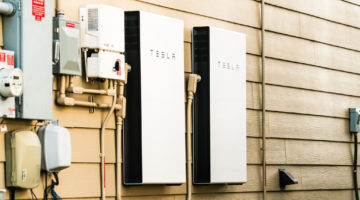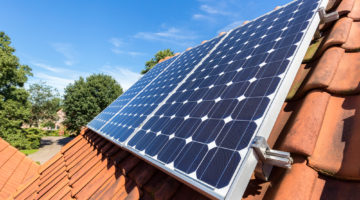
What is the Solar Power Tipping Point?
The solar power tipping-point is coming. In fact, in some countries with particularly high energy costs and lots of sun (like Hawaii), it has already been reached. The tipping point, also known as grid parity or the golden goal, is the moment when solar produces power at the same price as electricity from the grid. At this point, energy produced from solar sources will match other more traditional sources such as coal, or even gas.
At the moment, the reason for putting solar PV (photovoltaic) panels on your roof in the UK is an economic one. It is the direct result of the feed-in tariff (and to a lesser extent the export tariff), which is the government policy which pays you per kWh of electricity you produce. This helps to create an artificial economy for solar PV, by increasing demand and driving uptake.
How is Solar Power going to reach the tipping point?
To hit true parity though, solar PV needs to become competitive without this helping hand. So how is this happening?
The major reason is the massive price drop in the silicon PV modules. In 2011 the price of these modules halved, as the result of two things. Firstly, huge new solar production facilities opened across the world, particularly in China, increasing competition and actually driving smaller facilities in Europe out of business. Germany once had a world beating solar energy industry, accounting for a 20% market share in the global solar market. It now accounts for just six per cent. Secondly, technology is improving and there are increased economies of scale, which has resulted in modules coming down in price by 18% for every doubling of capacity.
Existing energy prices can also only go one way – up. With ageing infrastructure and a lack of capacity in the UK, investment and modernisation will have to be made. This will be subsidised through higher energy bills. As the supply of fossil fuels decreases or fuels become harder to source, producers will have to drill deeper or use more expensive methods.
So these mechanisms are driving us towards the tipping point, but there are also barriers to us getting there. Firstly, solar PV is still costly in the short term – £7,000 or more for a system with a decent payback. Compare this to electricity from the socket at 12p/kwh. In the current economic climate people are unable or unwilling to pay for the installation. Obviously the higher the uptake, the higher the supply and the quicker economies of scale are introduced into the production process.
Solar PV is also intermittent: electricity is only produced when the sun is shining. There are solar PV plants in the USA that are planned to have integrated molten salt technology, which essentially will allow power stations to produce electricity 24/7, but this just isn’t viable for the domestic user. Therefore solar can’t be the only solution. It is not suitable to provide the base load in the energy mix. I think nuclear energy (either existing fission plants, or Thorium molten salt) would be best to provide the base load, which would subsequently be topped up by solar PV technologies.
Also if solar PV installations are to become commonplace in the UK, we need to make changes to the grid. In comparison to traditional power plants, solar PV installations take up much more space (per square metre). Therefore what is needed is a shift from a centralised utility grid to a decentralised grid, which will again require more investment.
Finally it is worth briefly examining the feed-in tariffs (FiT) and other subsidies; late last year the FiT for UK solar was £0.433 for every kWh of energy produced. This was cut to £0.21 in May 2012, and is due to be cut to £0.16 at the beginning of August. The FiT is supposed to support the uptake of solar energy in the UK, but the government’s decision to make such a large cut in the FiT in May had a very negative impact on the UK solar industry. Obviously the FiT should be decreased in line with falling solar module prices, but this decrease and the cuts should have been far more gradual.
In conclusion, solar will hit the tipping point and reach grid parity. It may not happen in the UK over the next couple of years, but the signs are there that it will happen by 2020. At this point, the decision to invest in either traditional fossil fuel or solar PV will hopefully become more obvious for the government.












No Comments yet! Be the first one.